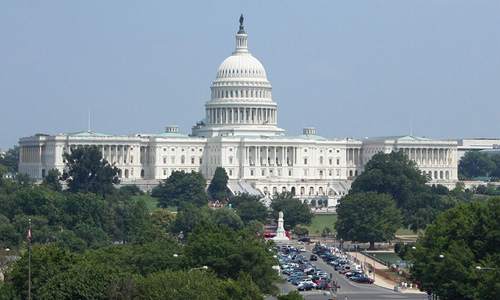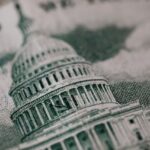We’re coming up—again!—on an election cycle which has become practically a full-time business. This is a period where political reporters have at it. A run-up to an election is also a terrific opportunity for business reporters.
Not the horse race or beauty contest parts. Instead, policy and ties between companies or industries on one side and politicians on the other can be excellent sources of stories.
First step is the OpenSecrets.org site of the non-profit Center for Responsive Politics and FollowTheMoney.org of the National Institute on Money in Politics and the Campaign Finance Institute.
These sites have compilations of data on campaign donations and lobbying. OpenSecrets focused on national elections while FollowTheMoney also tracks state-level campaigns and donations. At either site, you can examine where industries and specific companies put their collective donations as well as which individuals contribute to specific candidates. (In the latter case, address and employer information, when available, can help triangulate the specific person in question.)
The inferences of influence aren’t bullet-proof. For example, the sites will associate contributions by employees of a company with the company itself. That doesn’t mean the employer is directing contributions. However, it seems reasonable to assume that the employees might contribute to a candidate in part to support decisions that would benefit the employer. There also seems a good chance that lobbyists working on behalf of a company or industry would point out the total contributions associated with their clients to office holders.
Once you have the money connections, it’s time to extend the picture. A given officeholder will either have obvious powers, like an executive official, or serve on committees if part of a body like a federal or state legislature. Examine whether a company donates to others on the committee and look at what the body has done. For example, are there bills or amendments to legislation that favor an industry or even a specific company? Remember, a bill can be crafted in such a way as to seem general but, when taking qualifying statements together, effectively targets a particular set of corporations, or sometimes a single one, because few companies fit the entire description.
Similarly, there is abundant information on lobbyist activities. Check by firm or candidate. Then you can trace lobbyists back to the types of clients they serve. That’s not as direct and obvious a line as campaign donations, but it will show additional paths of potential influence.
After you have the connections mapped out, start to monitor the politicians in question and their activities. Consider, even, using Freedom of Information Act, or state equivalent, requests for meeting calendars to see who is sitting down with the politician. If companies in your coverage area appear in any connection, you have material, if not for an article or two, at least for unexpected questions of companies.











